One of the most delicious mushrooms I've ever had, and probably the best edible mushroom in the genus Amanita I've eaten. I was unaware of the heavy amidella or gurumelo as it's known in Spain until a few weeks ago. I ate ten pounds of them in a week and I'd do it again in a heartbeat, if I ever get to taste them again that is. Today we'll go over some of the background on this mushroom that, while long enjoyed in Spain, is extremely hard to come by in the United States.
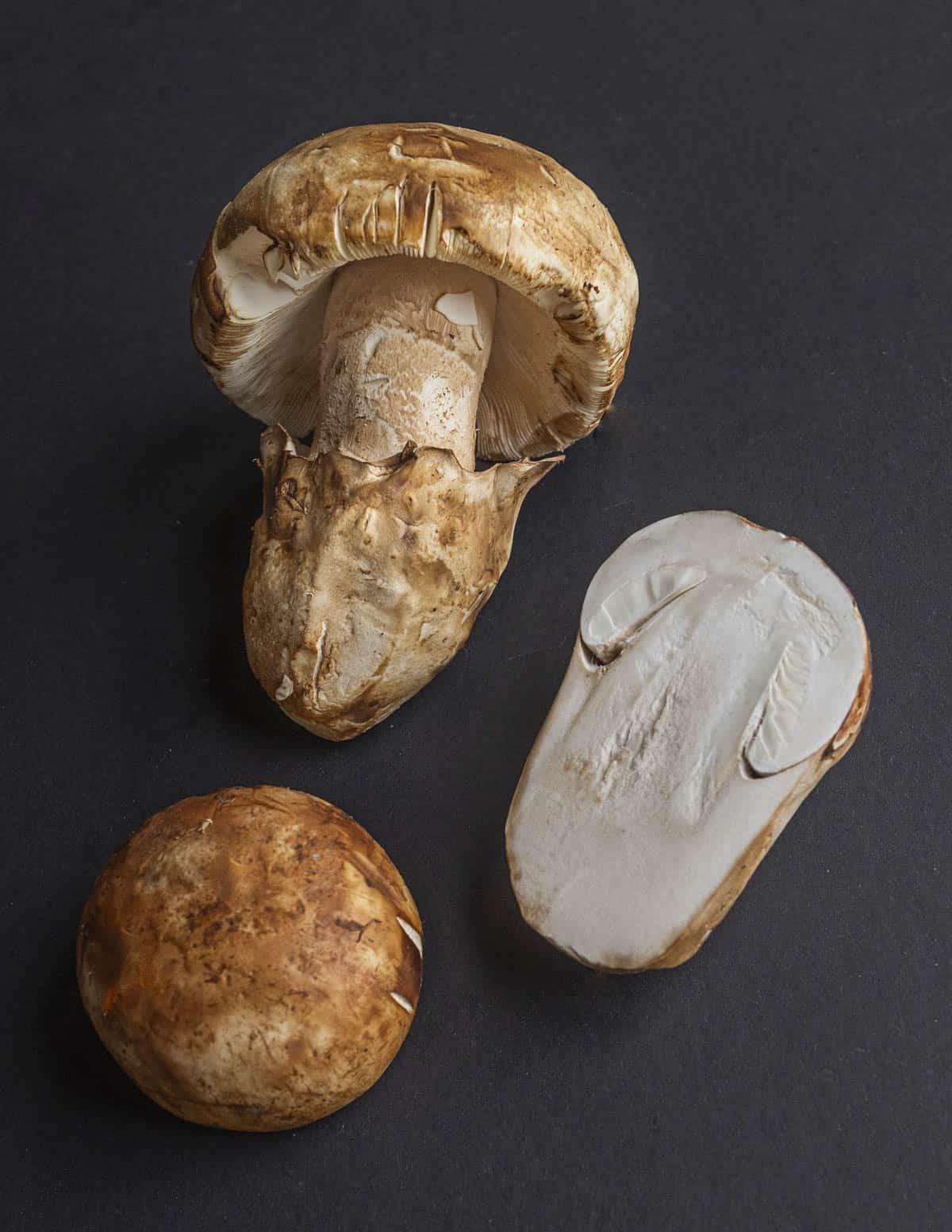
Amanita ponderosa is an edible wild mushroom in the genus Amanita. It fruits sporadically during the Spring around February to April, peaking in March. While there's a few sightings logged in Central America and Northern Africa, the vast majority of the mushrooms are harvested in Spain, specifically Andalucia, Extremadura, Portugal and the surrounding area.
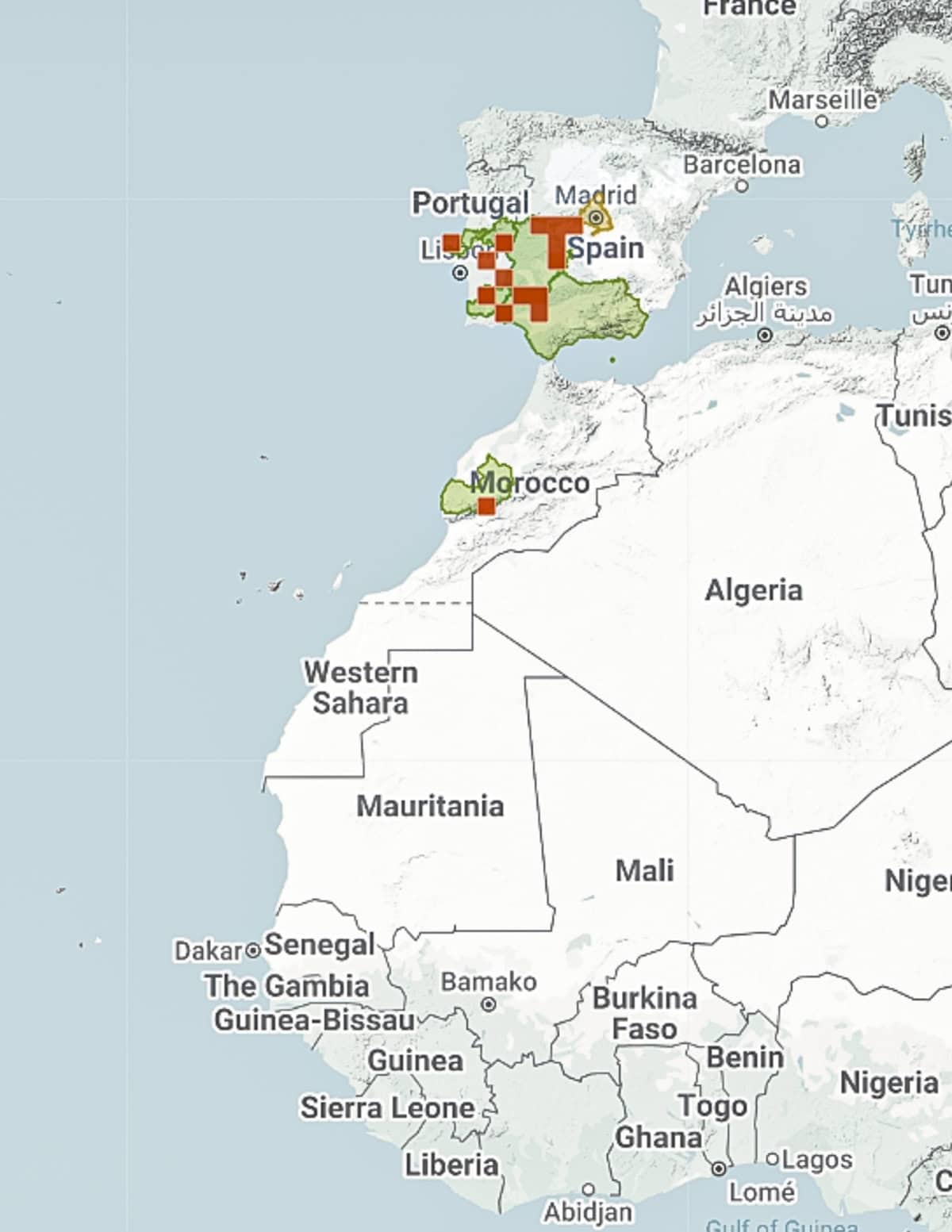
After I posted this originally, someone from Portugal informed me they're known as "Silarca" there.
There's even a festival dedicated to the mushrooms in the town of Villanueva del Fresno in Badajoz, Extremadura. Culinary demonstrations, sustainable harvesting information, mycological speeches and workshops draw over 10,000 people a year, according to the Eurobird Project.
My friend Mushroom Mike LLC sent me a picture of perfect amanita eggs asking if I wanted some. Looking it up A. ponderosa and seeing it absent from all my field guides I gave him a resounding yes without even asking the price.
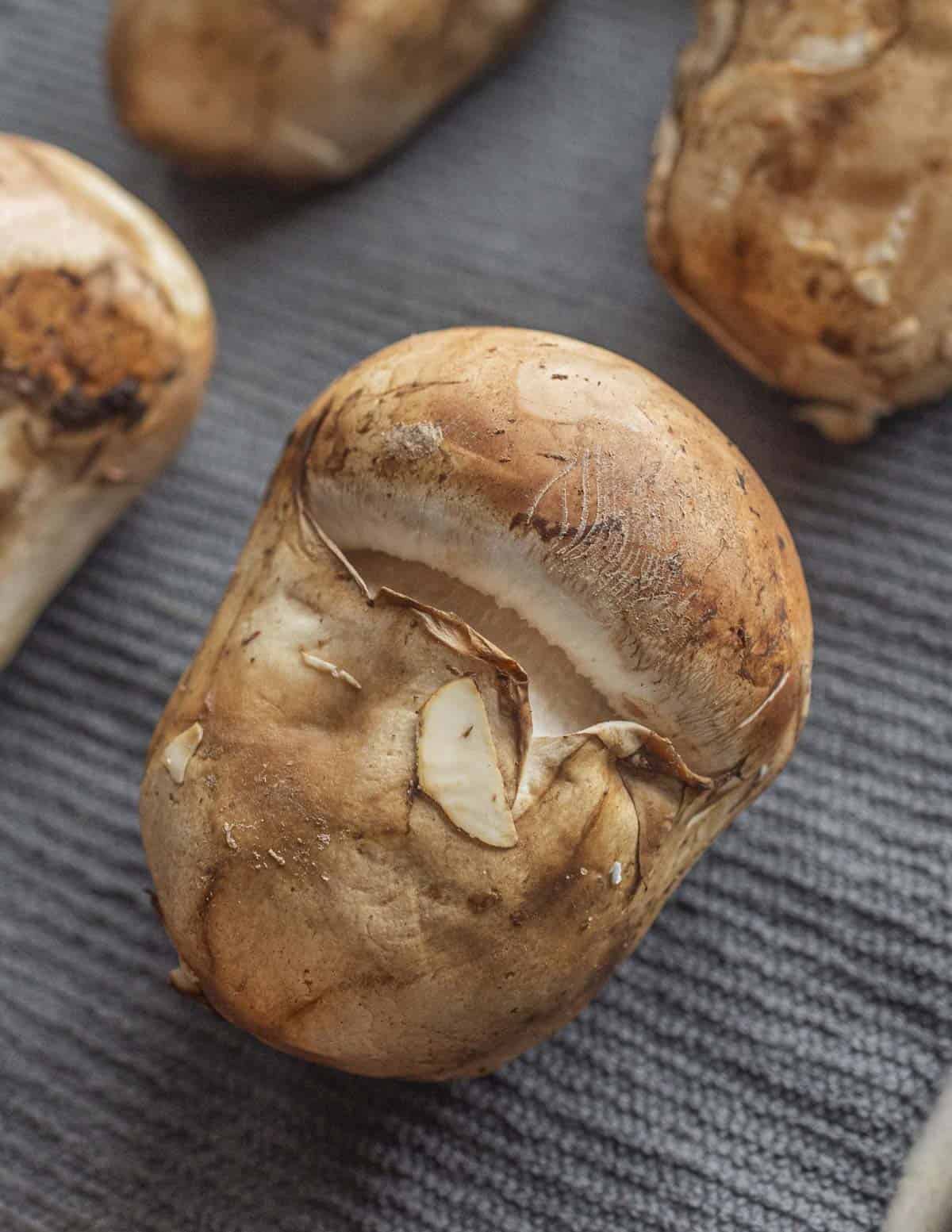
When the mushrooms showed up, I cracked the crate open. Cradling the precious brown eggs I was overcome by an aroma I've only smelled with one other mushroom: the matsutake.
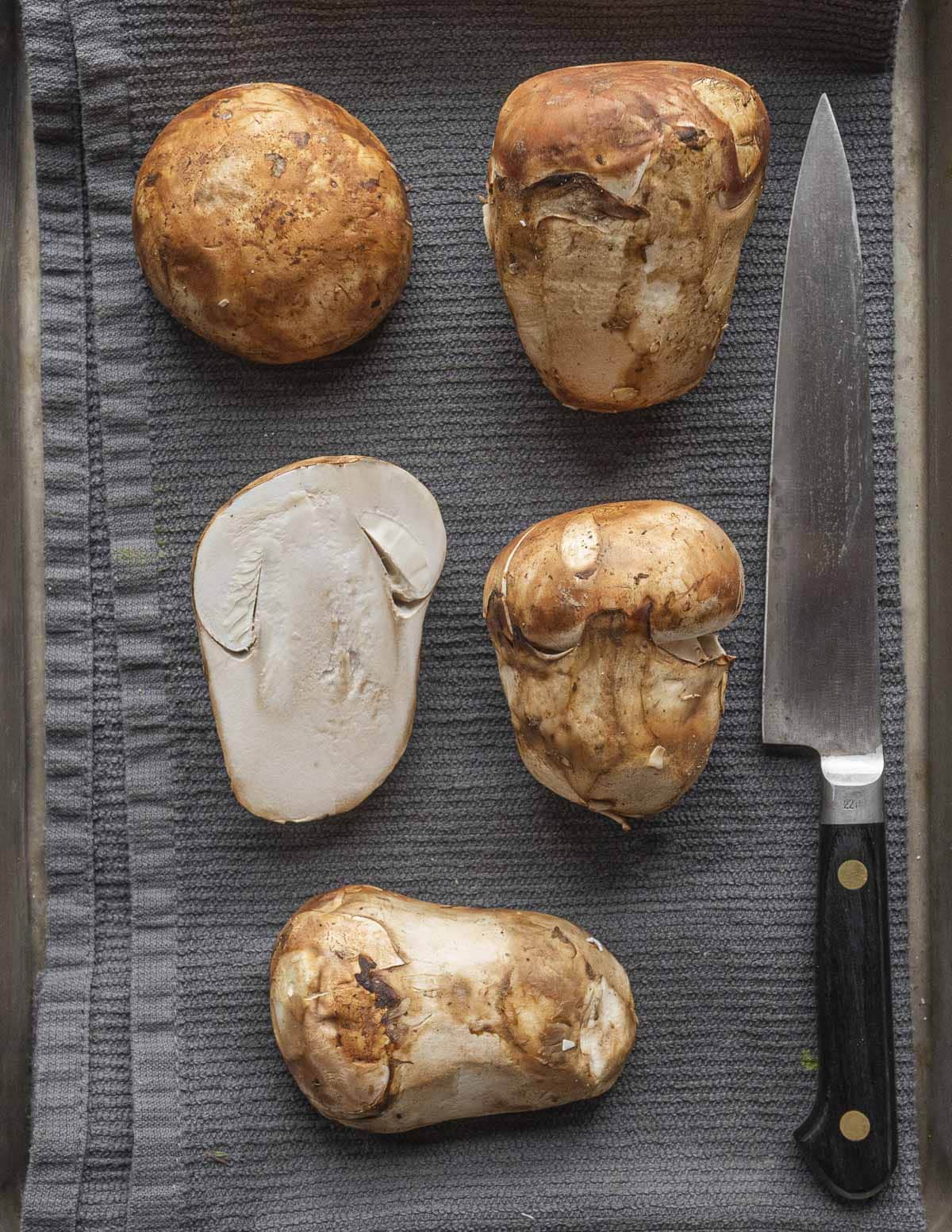
The gurumelo smells intensely of radishes like matsutake, but without the strong pine undertones. Like everything Mike sends me the mushrooms were pristine, without even a hint of worm tunneling.
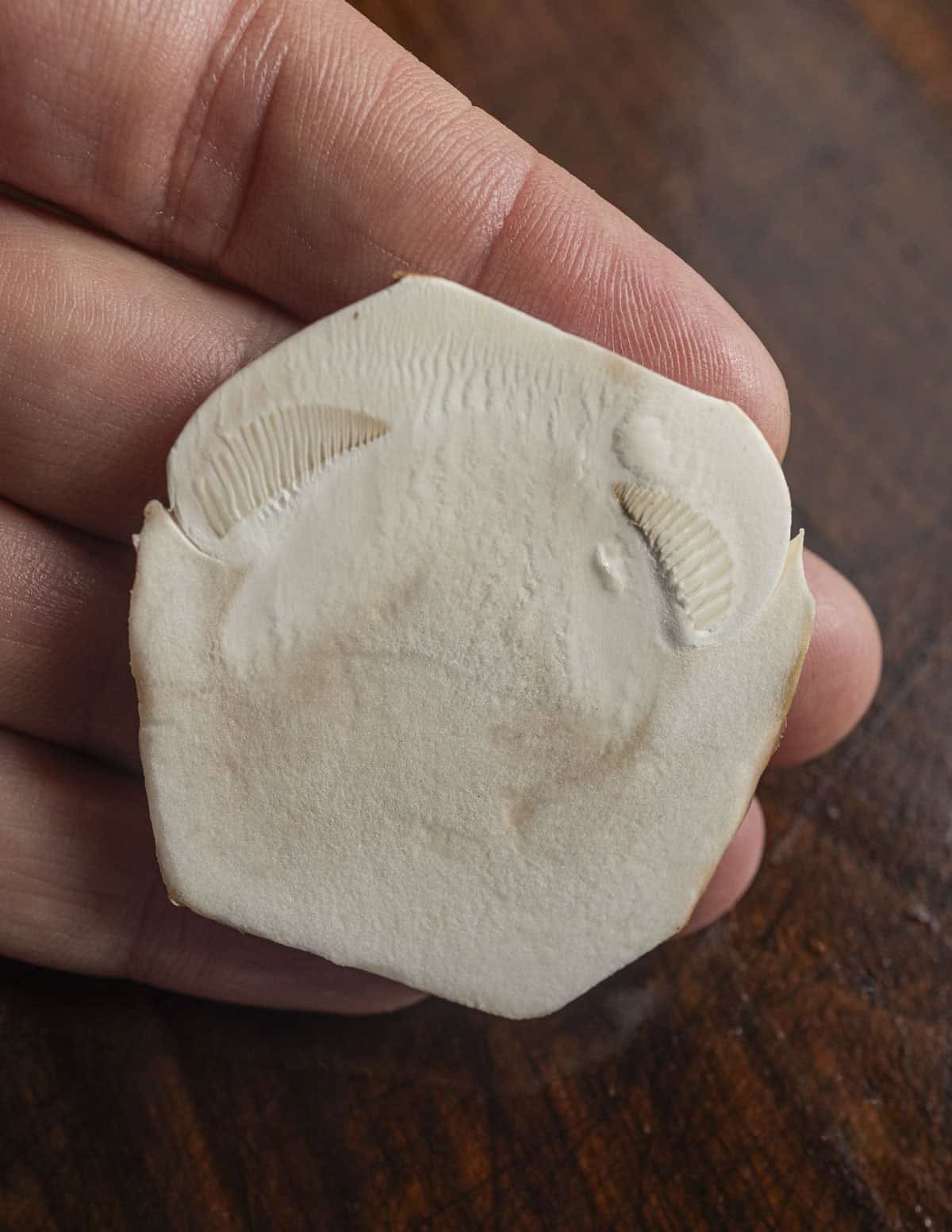
The mature mushrooms had distinct, brownish scales near where stem attaches to the cap, along with a thick, fleshy sac at the base-a characteristic I typically avoid in unknown wild mushrooms, Amanitas being home to the most deadly mushrooms in the world and all that.
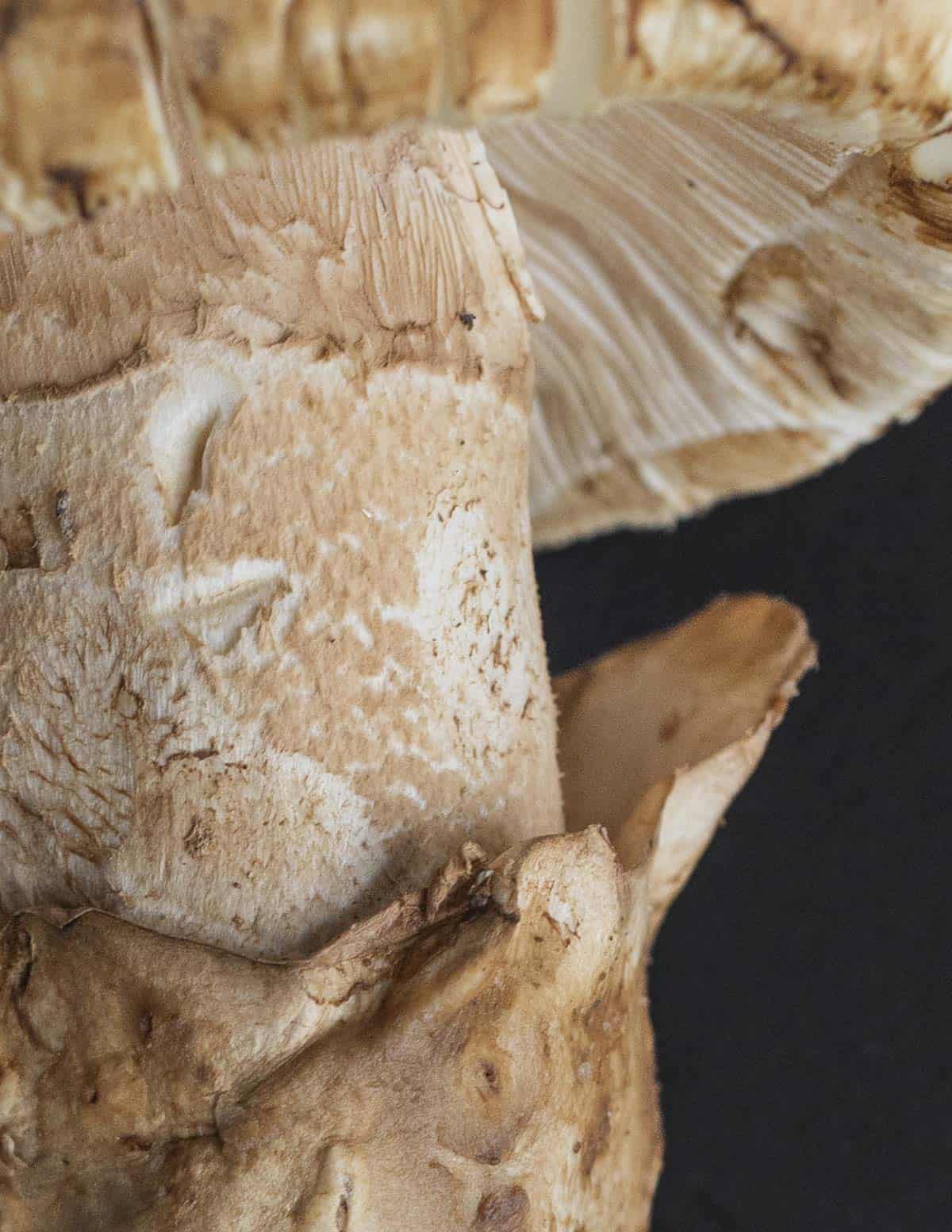
I also noticed that the entire mushroom slowly stains a brownish-red to pale orange when sliced, which reminded me of Amanita rubescens (the blusher) although the blusher is in the section Validae and A. ponderosa is in the section Amidella. If you've ever cooked with shaggy parasols (Chlorophyllum rhacodes) the coloration and staining here is similar to them as well.
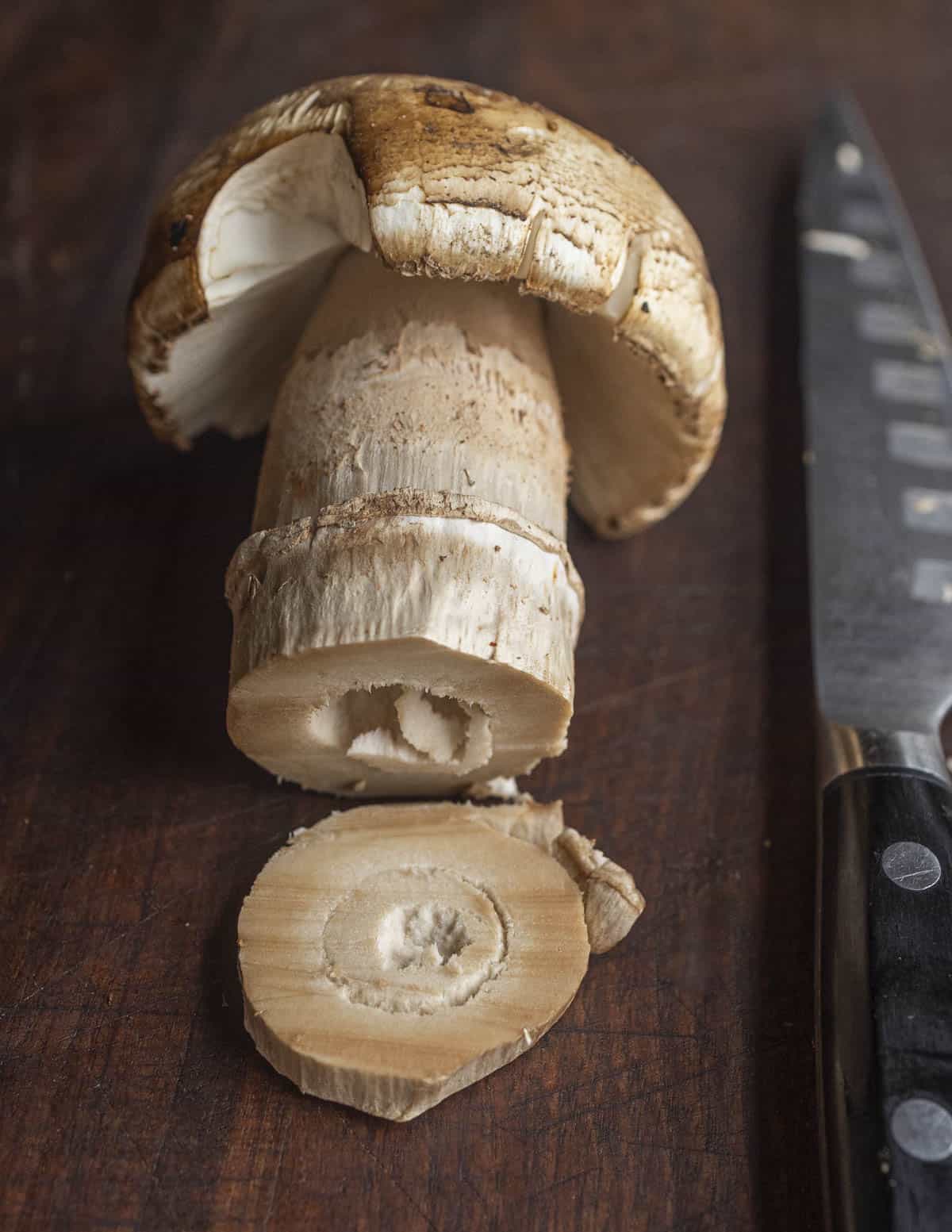
The next thing I did was contact my friend Chad Hyatt to ask how the mushrooms are traditionally cooked. Chad's the author of the Mushroom Hunter's Kitchen (a new revised version is coming out I'll share when I get a copy). Chad's wife is from Spain, and he was the only expert I spoke to who knew what they were.
Preparing Gurumelos
Just like matsutake, gurumelos grow in sandy soil, often completely buried under the ground by a few centimeters. This means that the entire mushroom needs to be peeled or pared before cooking.
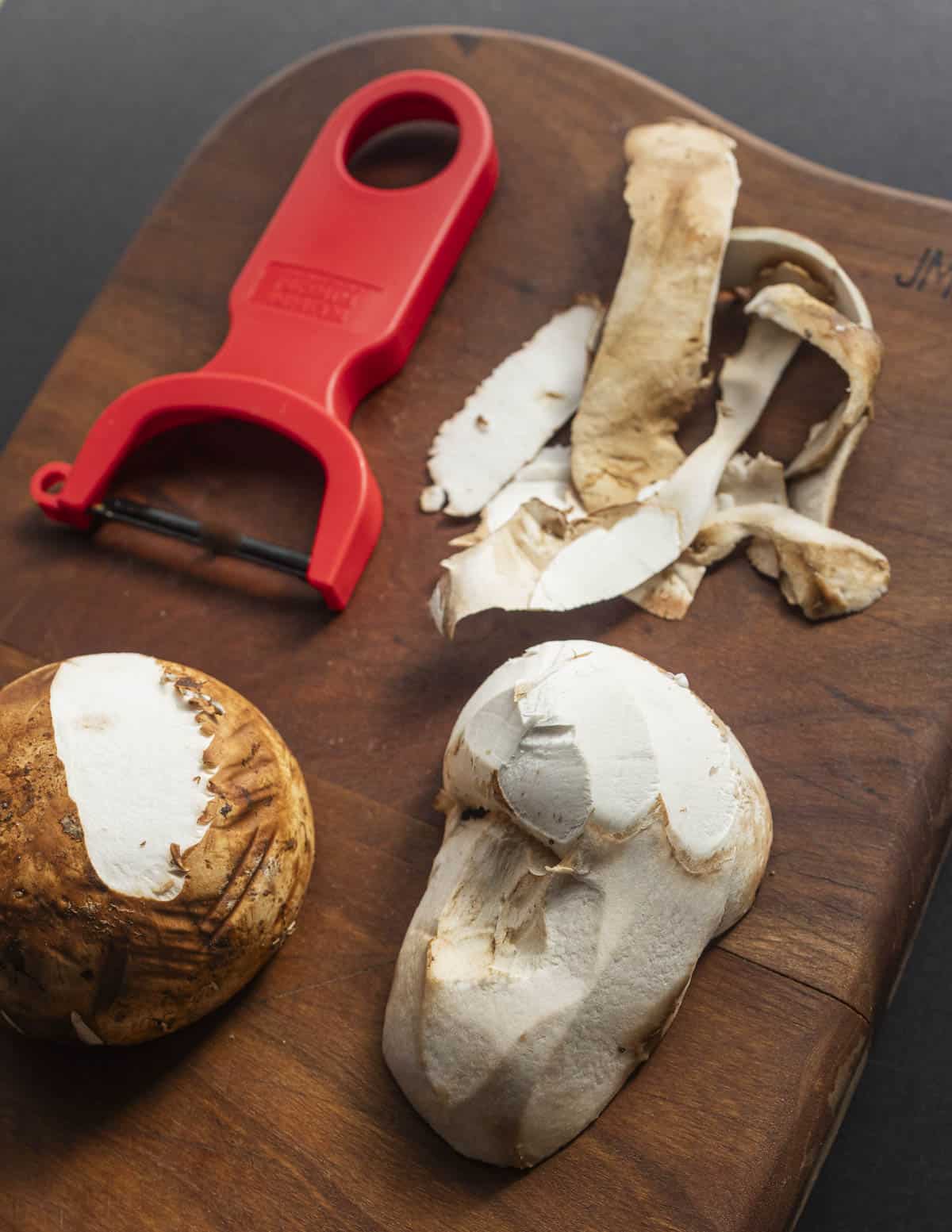
The universal veil and sac at the base of the mushrooms has a shorter shelf life than the rest of the fruiting body and may need to be removed, but it's also edible if it's in good shape and hasn't begun to get dark brown or wet.
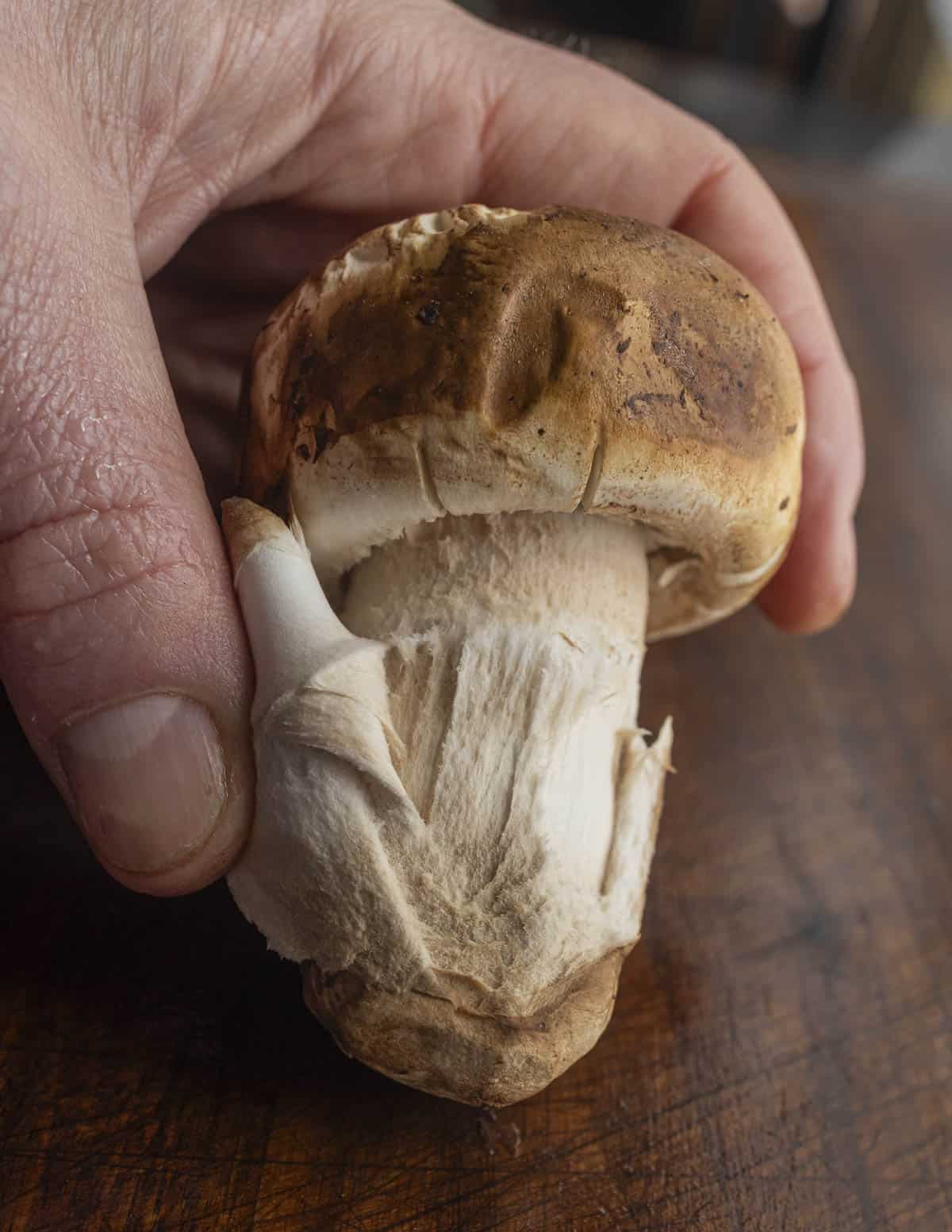
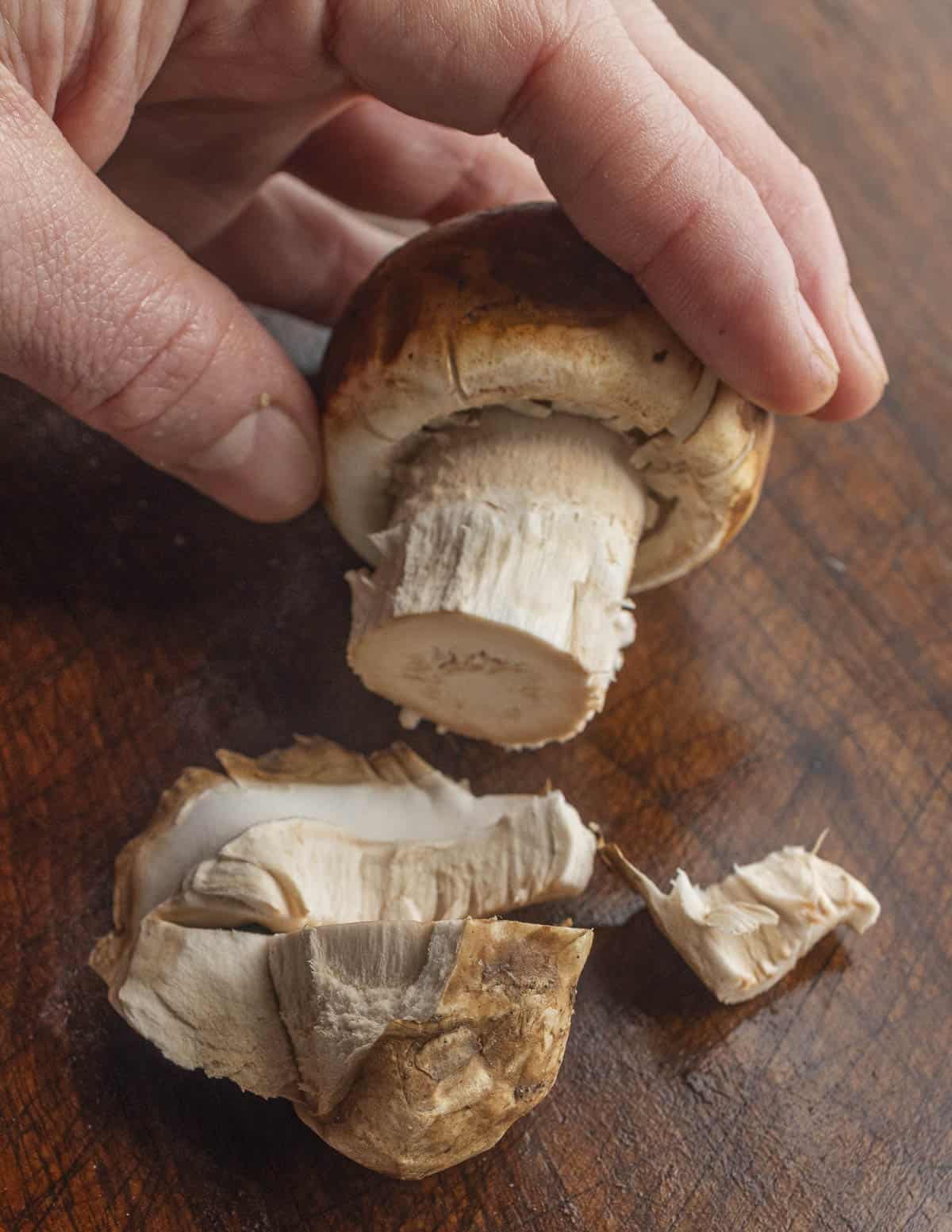
Gurumelos can also be frozen and cooked from raw. Cut the mushrooms into bite sized pieces, freeze on a tray, wrap in foil, then a zip top bag and freeze. They can be cooked directly from the freezer without a loss of quality.
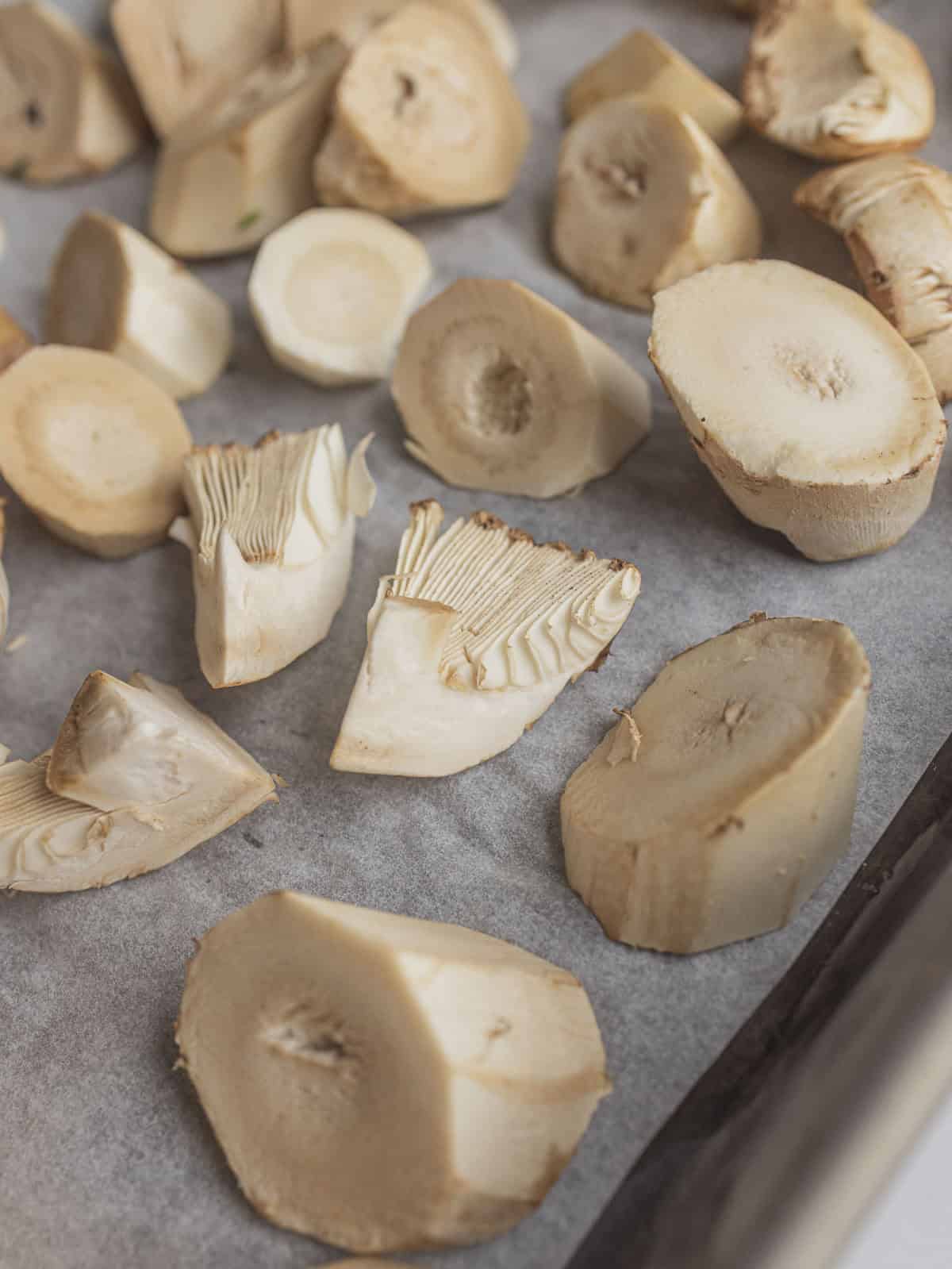
The mushrooms are heavy and dense, so much so that many knives made them crack into pieces and only my thinnest blades could slice them.

General Cooking
The mushrooms are dense, meaty, and can be cooked just about any way you like. Just like matsutake, gurumelos can be eaten raw and it's a traditional preparation for them. Dipping thick slices into good extra virgin olive oil with a pinch of salt in an experience.
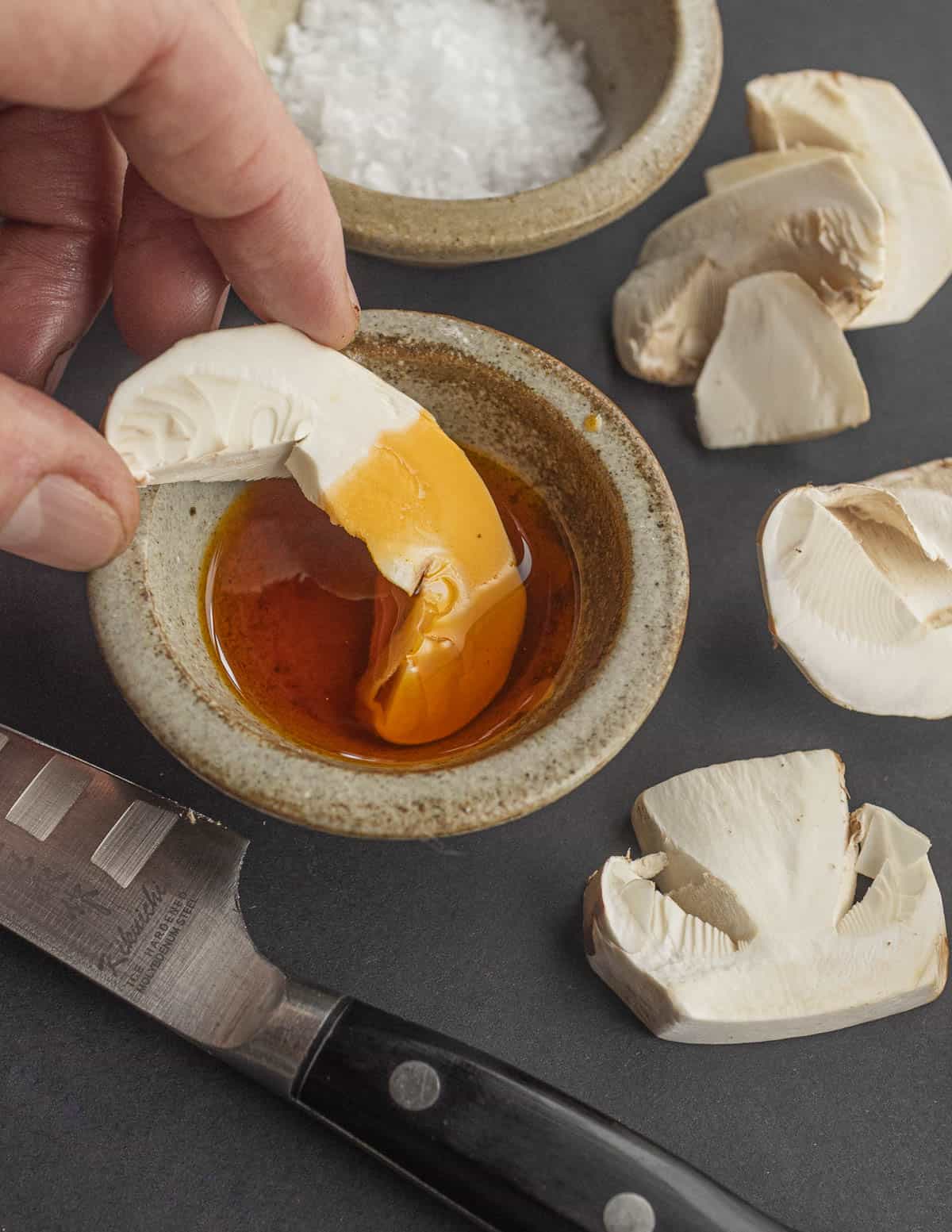
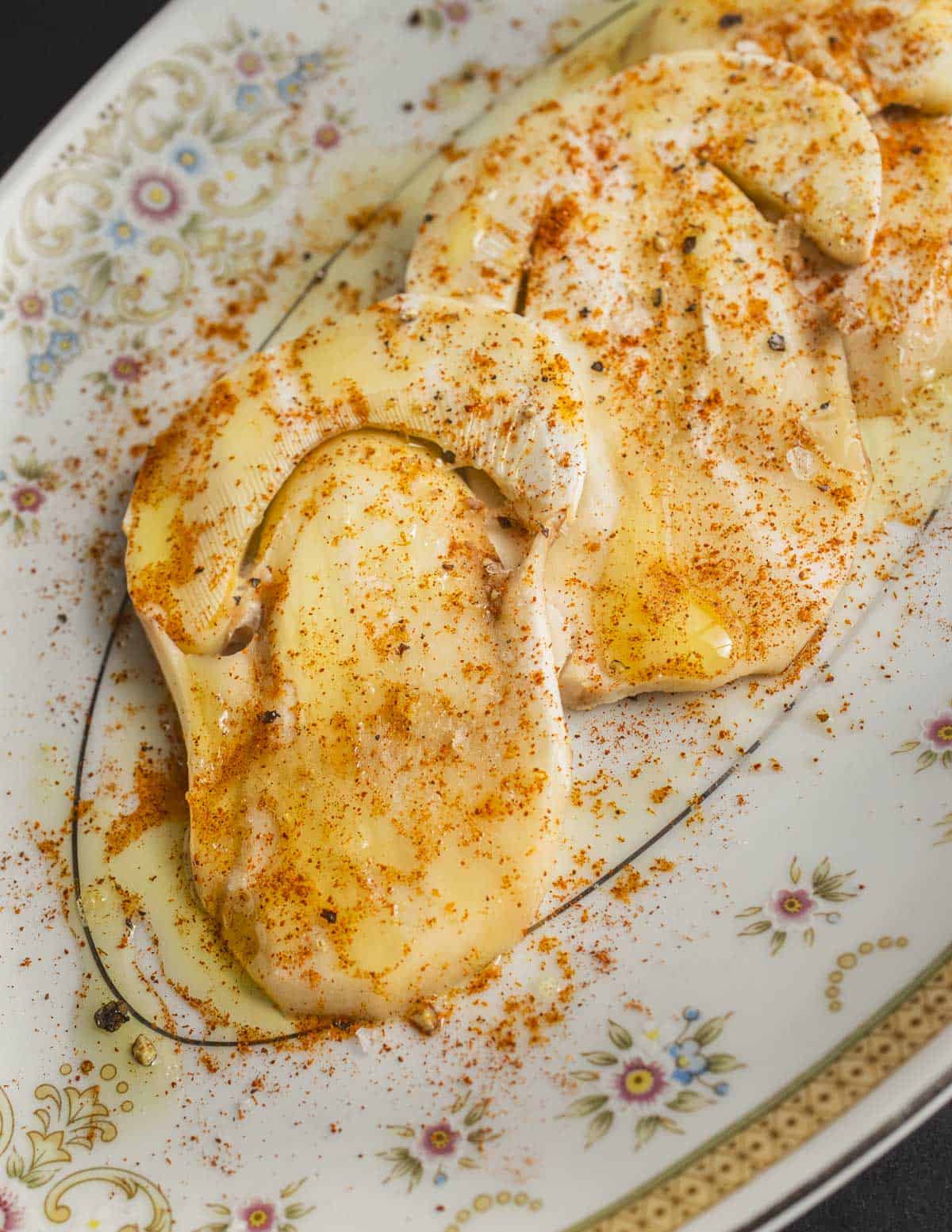
Not surprisingly, a few gurumelo recipes feature traditional Spanish ingredients like smoked paprika (pimenton) cured jamon Iberico or Spanish pork cuts like the pluma and secreto.
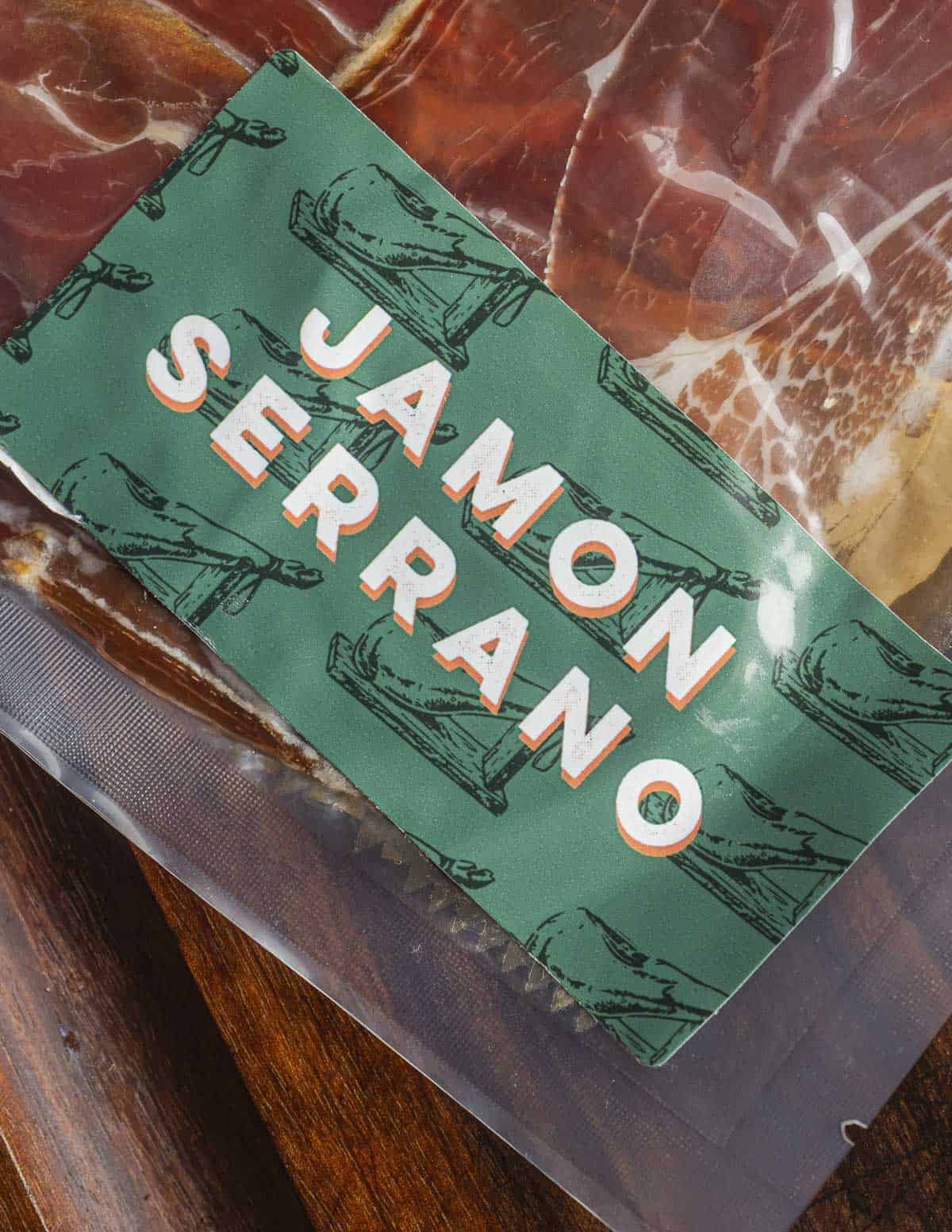
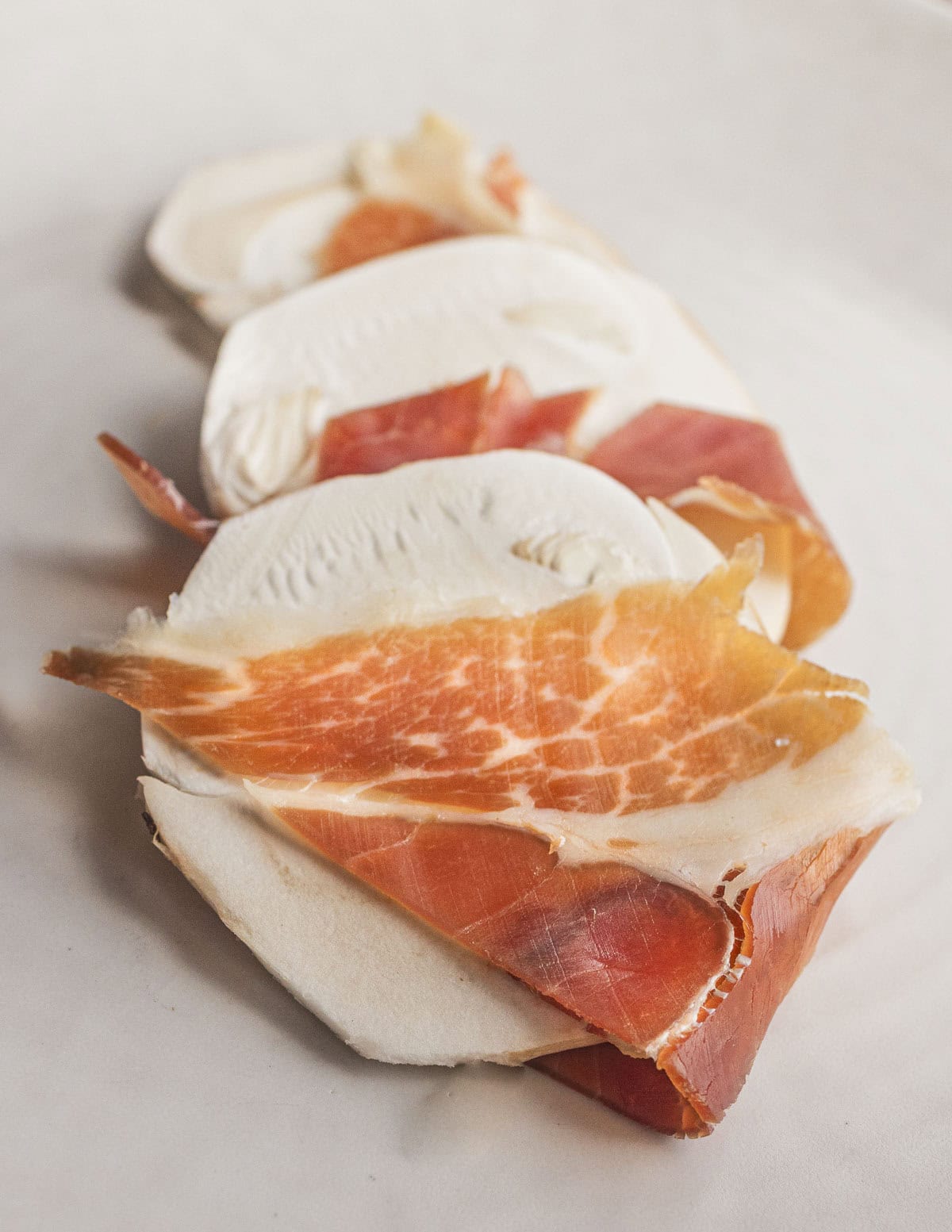
Many recipes also use the tried and true method of cooking mushroom caps whole on a griddle / plancha with garlic and parsley as is done with rovellones (Lactarius deliciousus) in Spain.
Cutting the mushrooms into pieces and sauteing slowly, the whole kitchen will be filled with an aroma anyone who's eaten matsutake will be familiar with. As they're so dense, they need long, slow cooking not to burn, and seem to brown effortlessly.
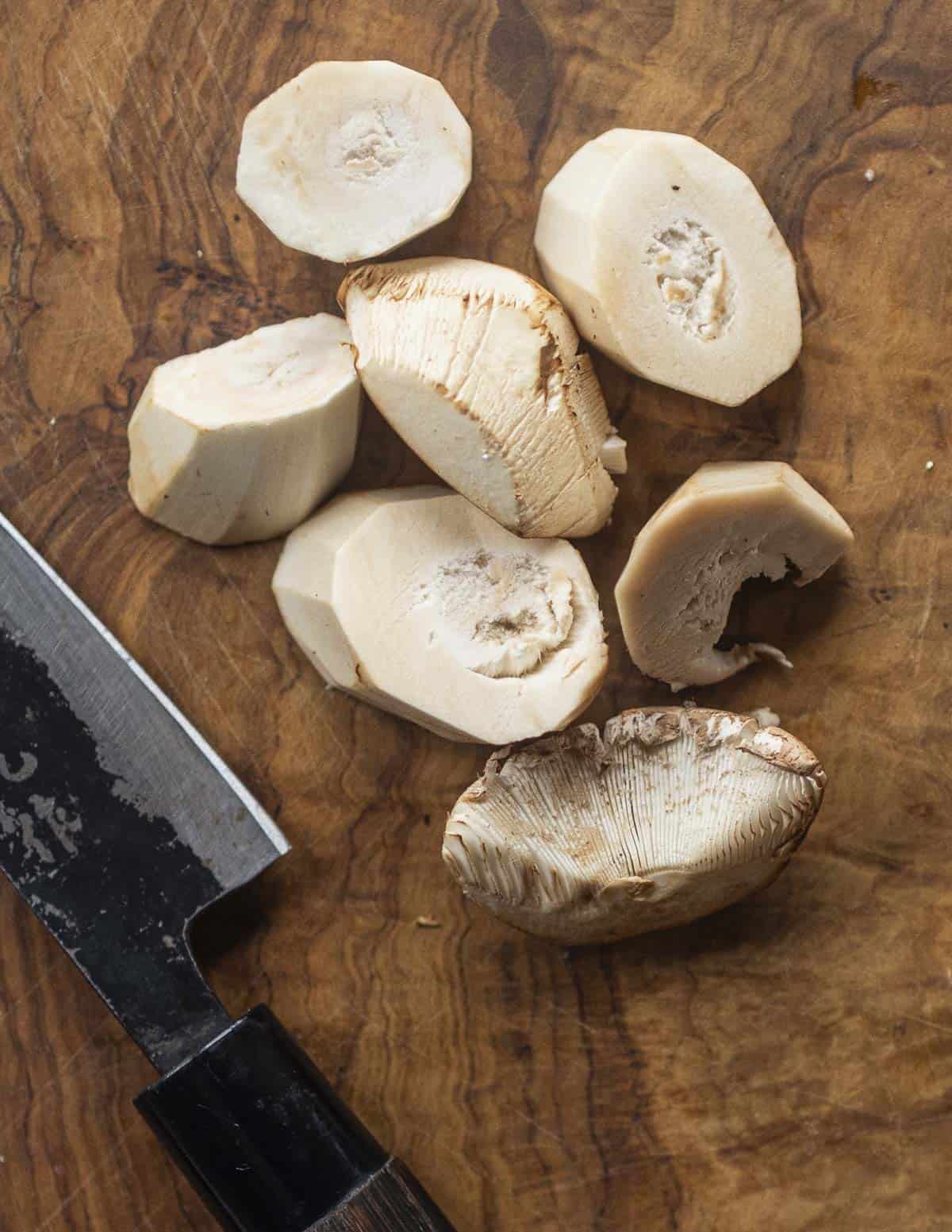
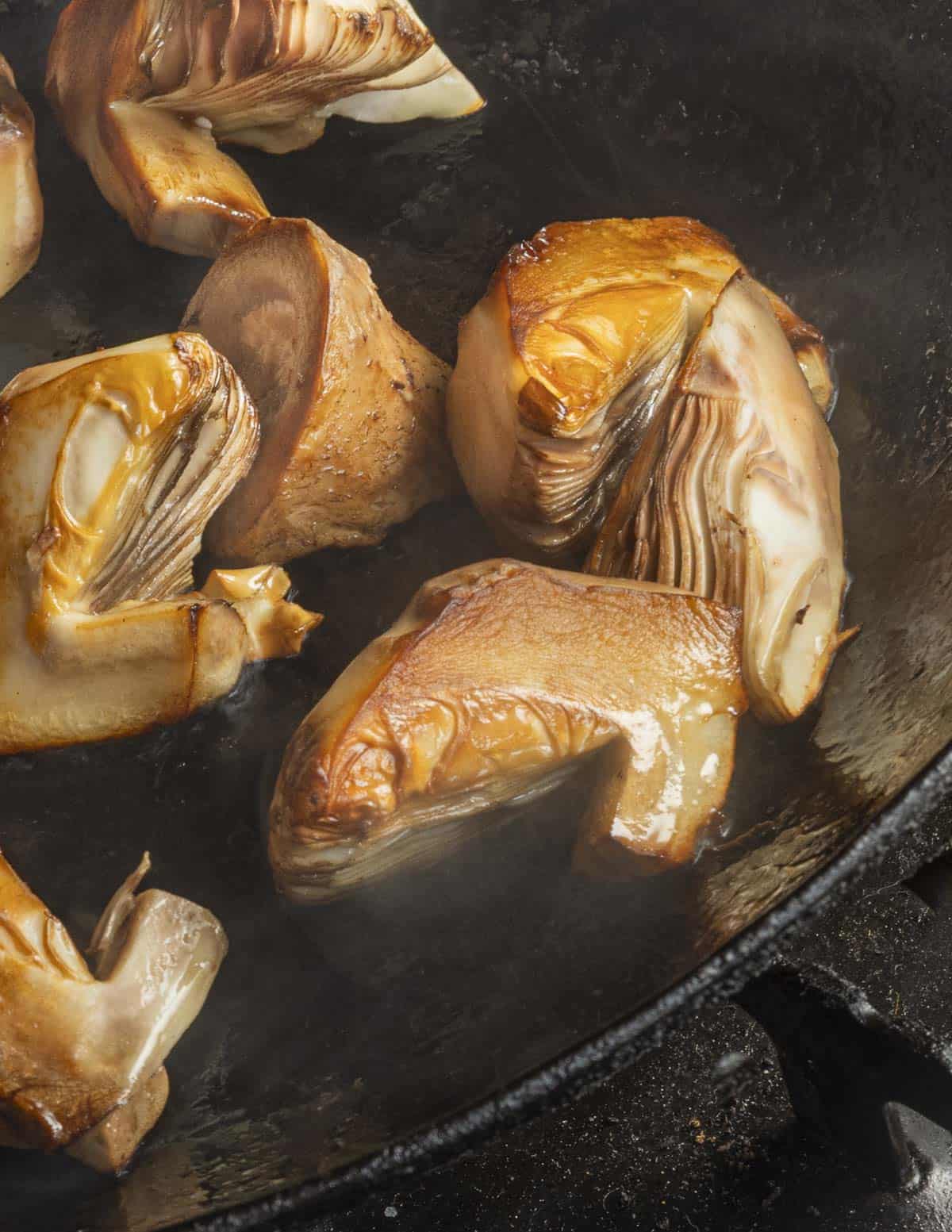
The mushrooms can also be cut into pieces and cooked in a potaje de champinones-a stew with white beans and potatoes, or cooked with soffrito and baked into paella.
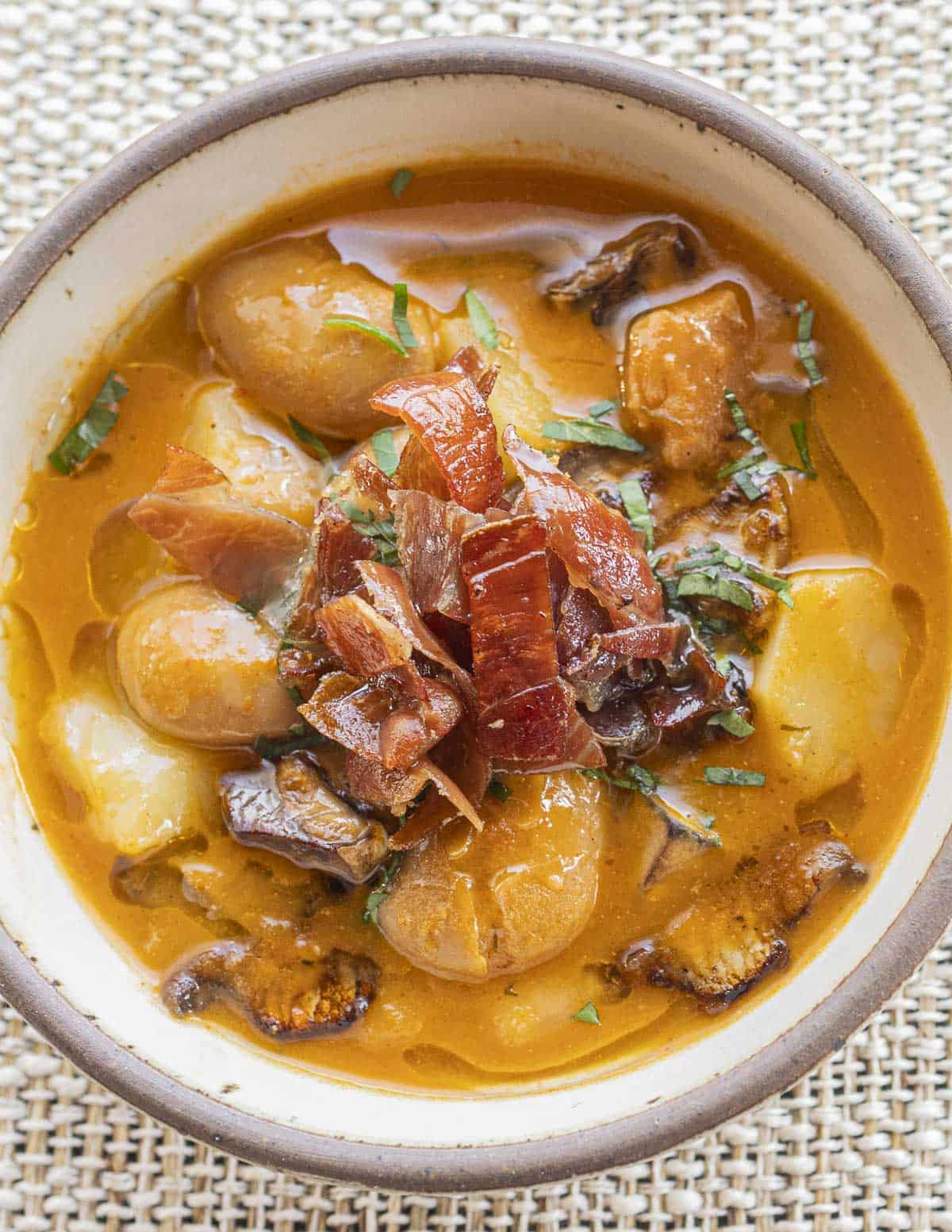
A number of videos online show the mushrooms being added raw to soups and stews, but they have a tendency to discolor and turn an unappetizing grey if they're not browned first. I decided to save the photos below for reference.
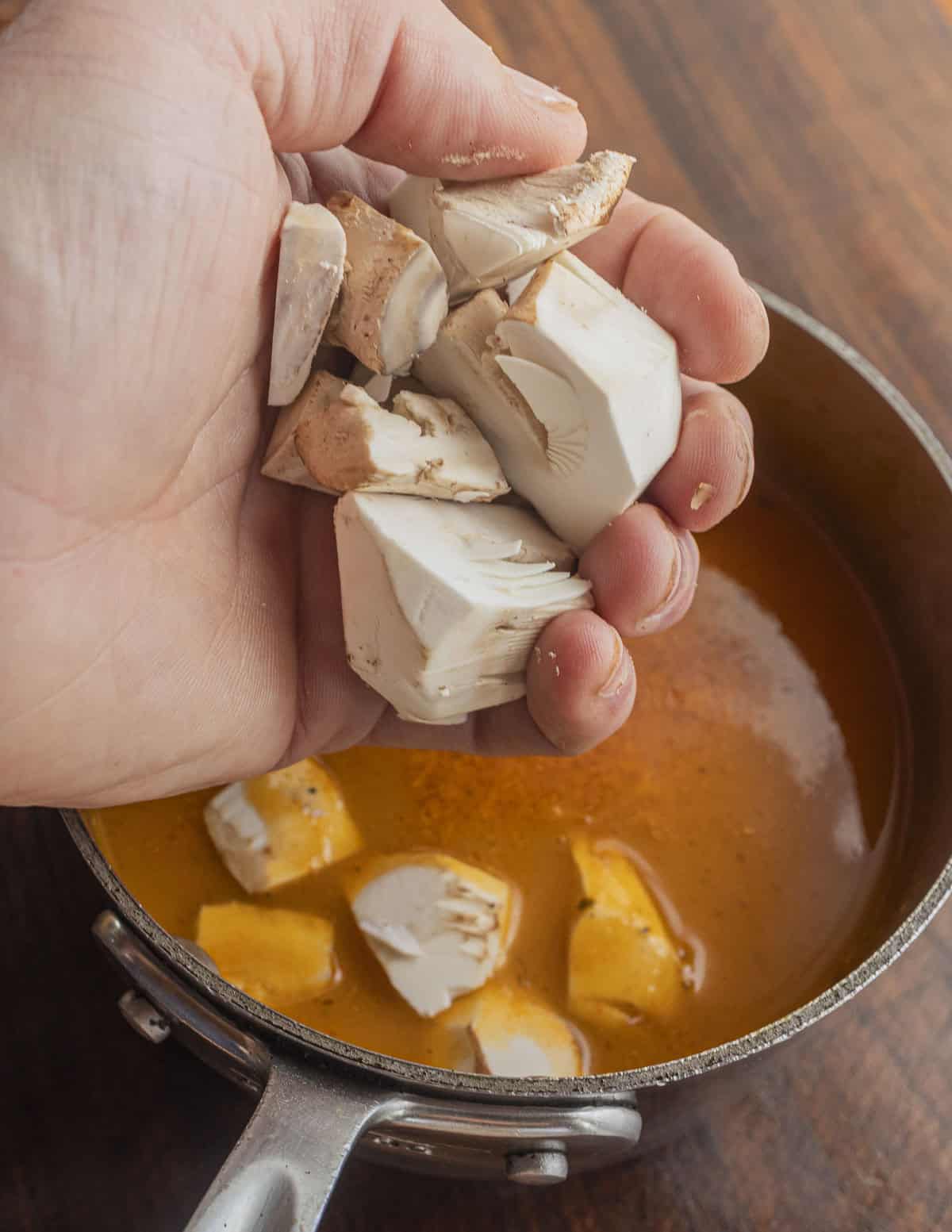
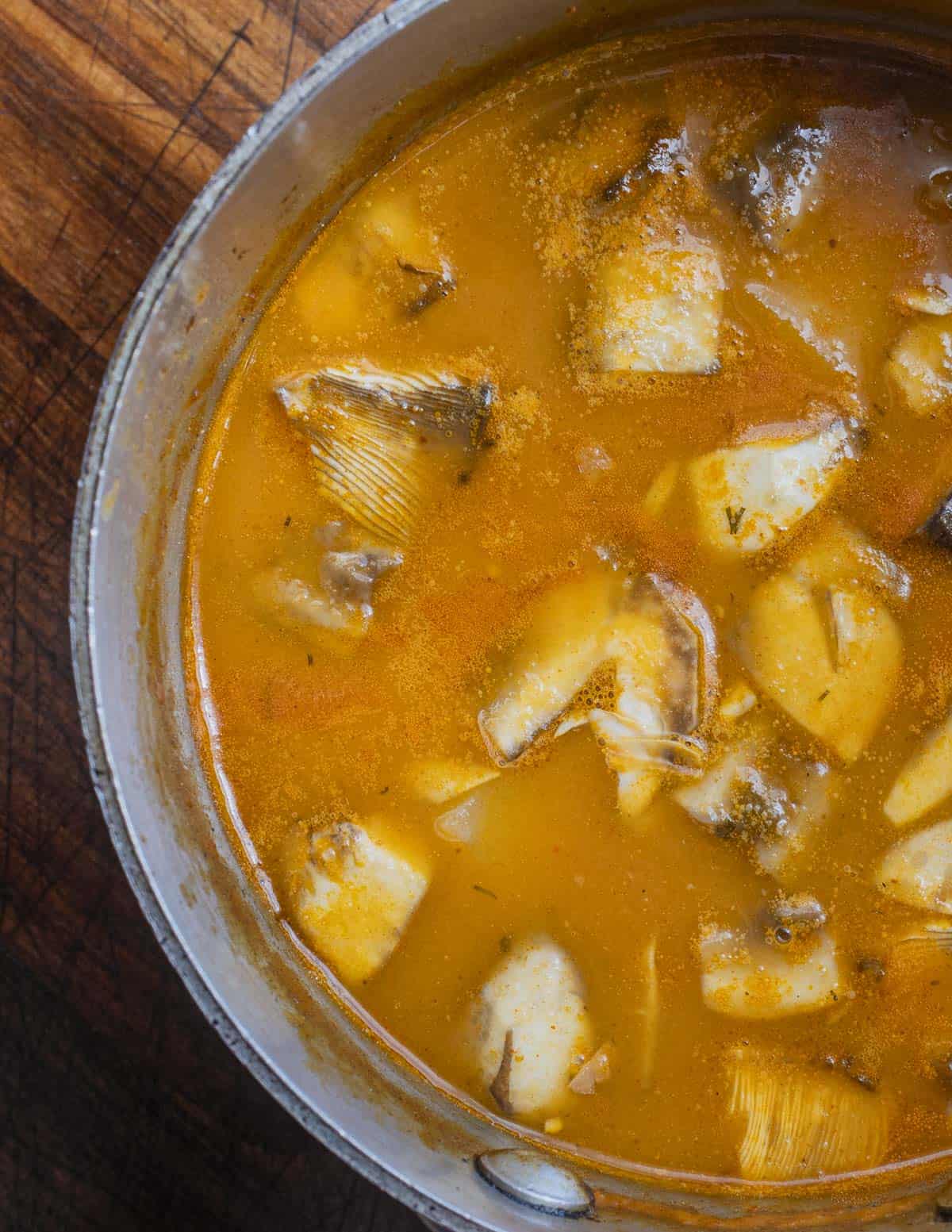
For a simple mushroom tapa appetizer you can make champinones al ajillo (garlic mushrooms). Sautee a few mushrooms cut into bite-sized pieces, push them to the side, add a pinch of minced garlic and parsley, toss and serve dusted with a pinch of pimenton.
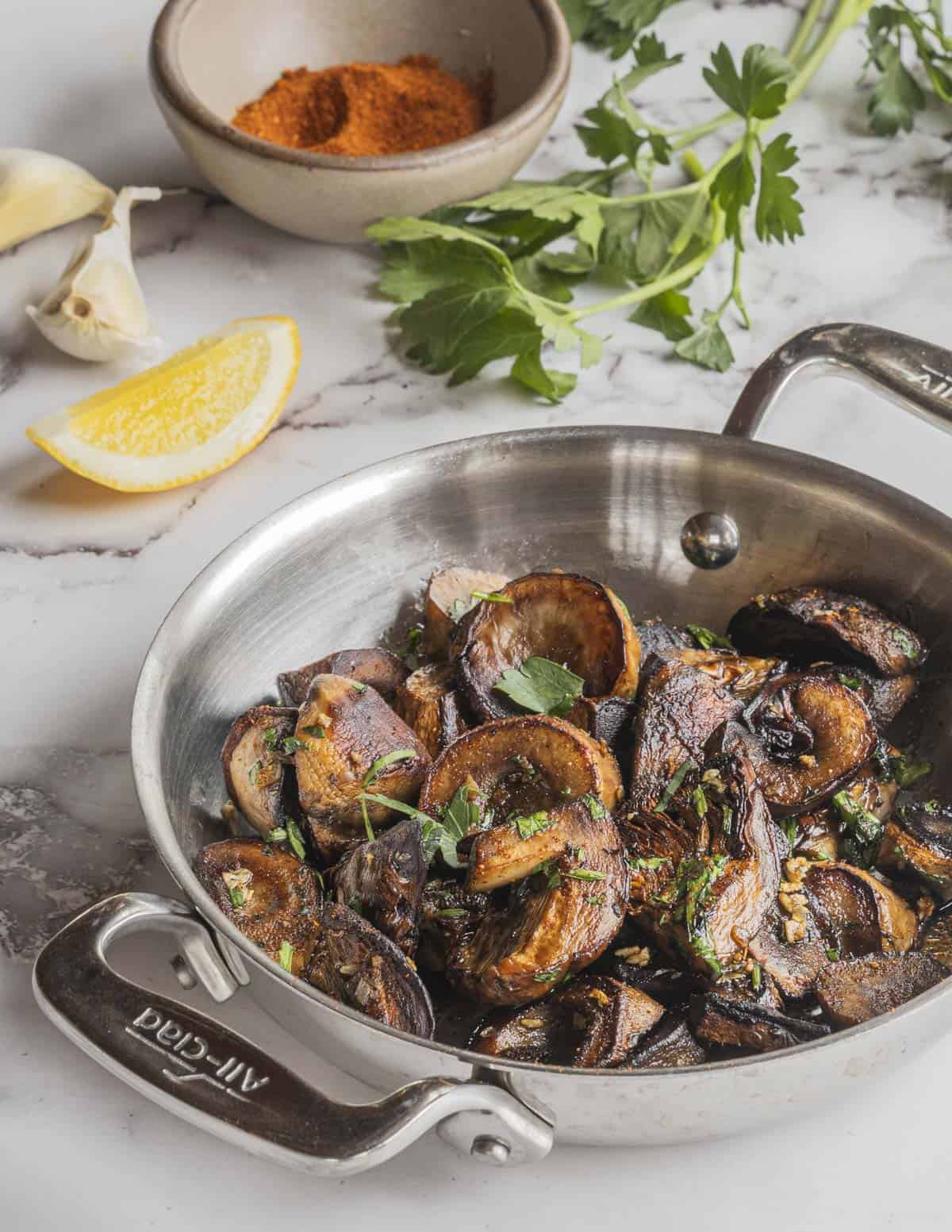
Adding to eggs or the famous Spanish tortilla (a type of omelet) or just scrambled eggs is popular, sometimes with the addition of garlic.
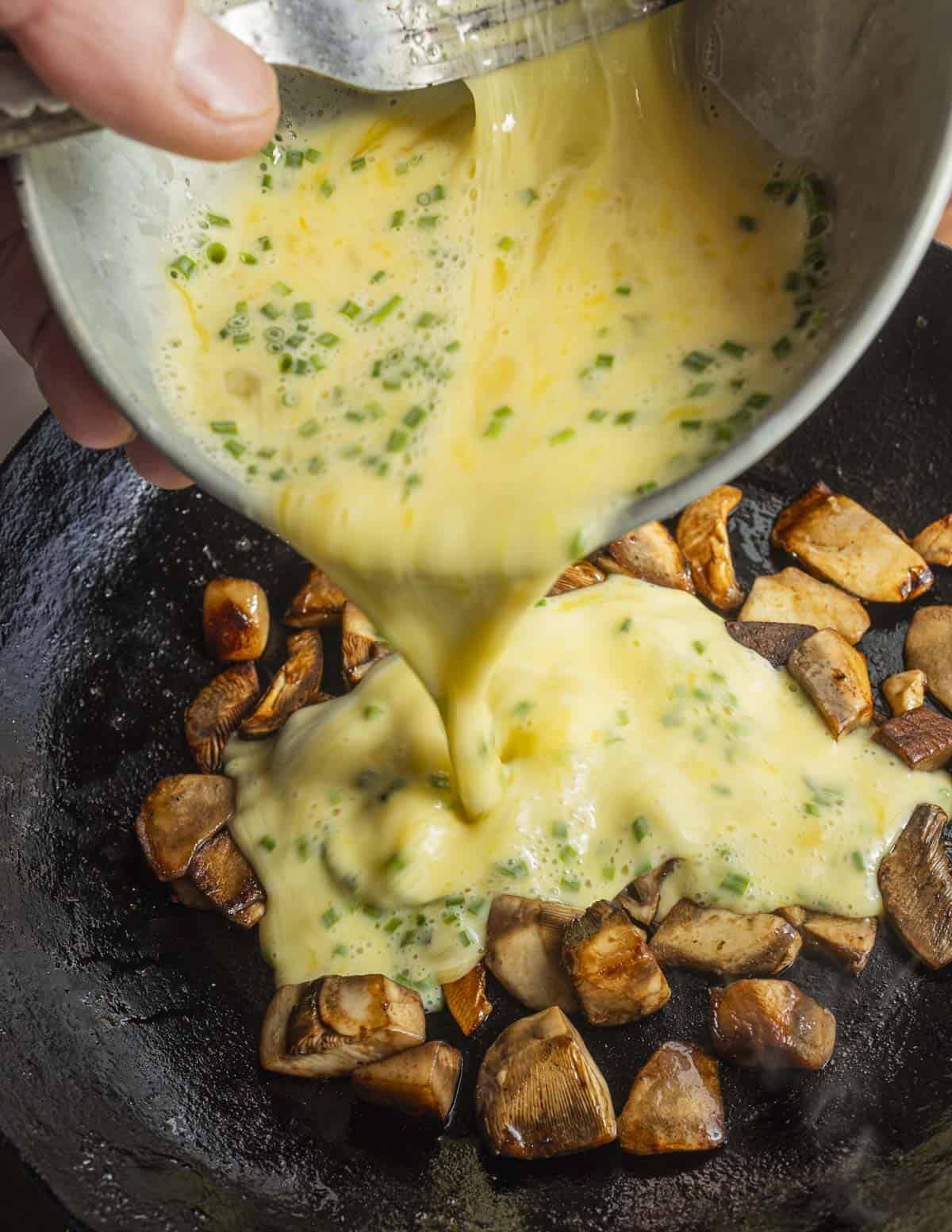
One of my favorite preparations was inspired by a Spanish TV host. The mushrooms are simply browned and served with smooth sauce of garlic, onion and dried bread scented with pimenton. You can watch the excellent video here.
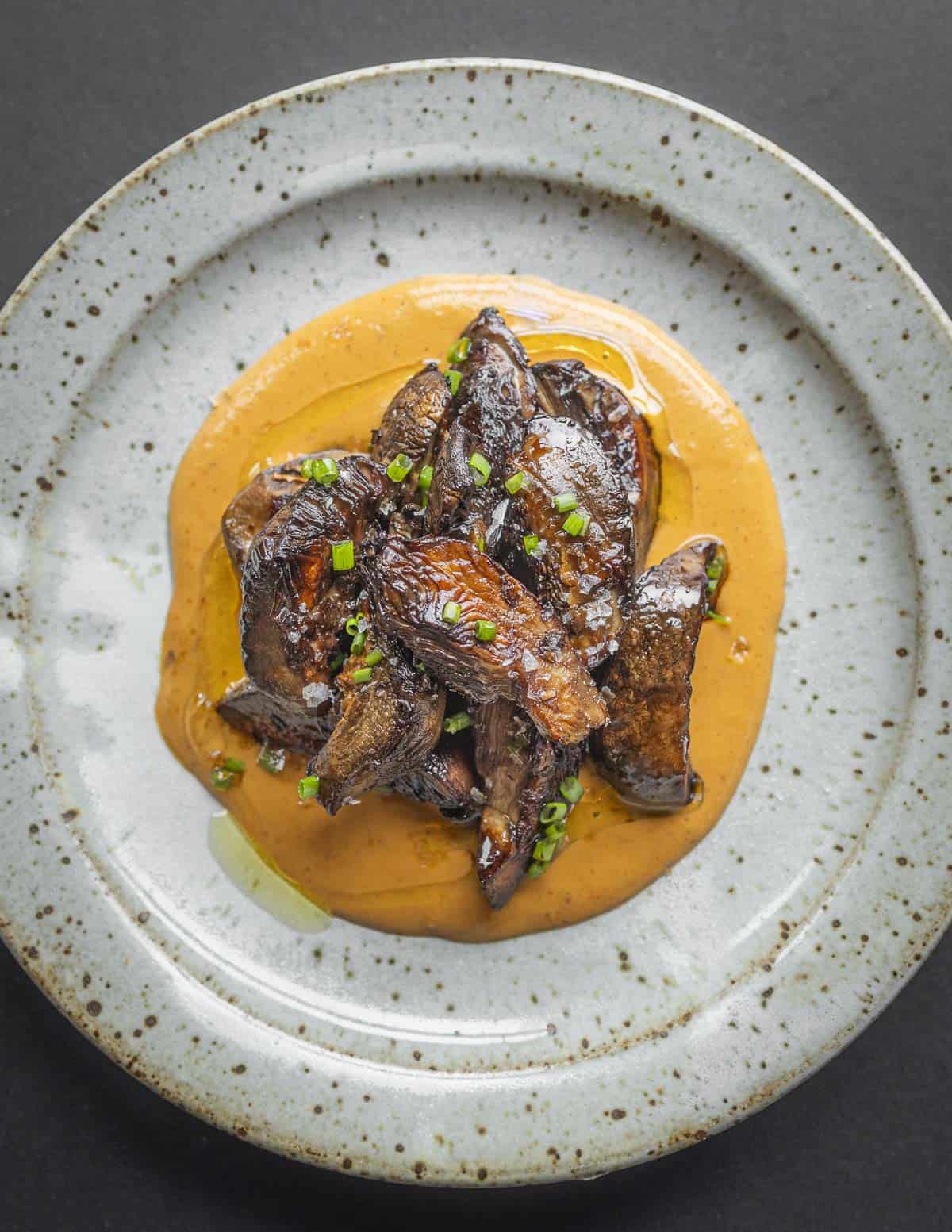
After I'd eaten the full ten pounds I can tell you there's just about nothing you can't do with these mushrooms, but, as with most fungi, it's best to keep things simple so they can shine. A simple 2 egg omelet garnished with shaved raw mushrooms and a dusting of pimenton to finish was probably my favorite.
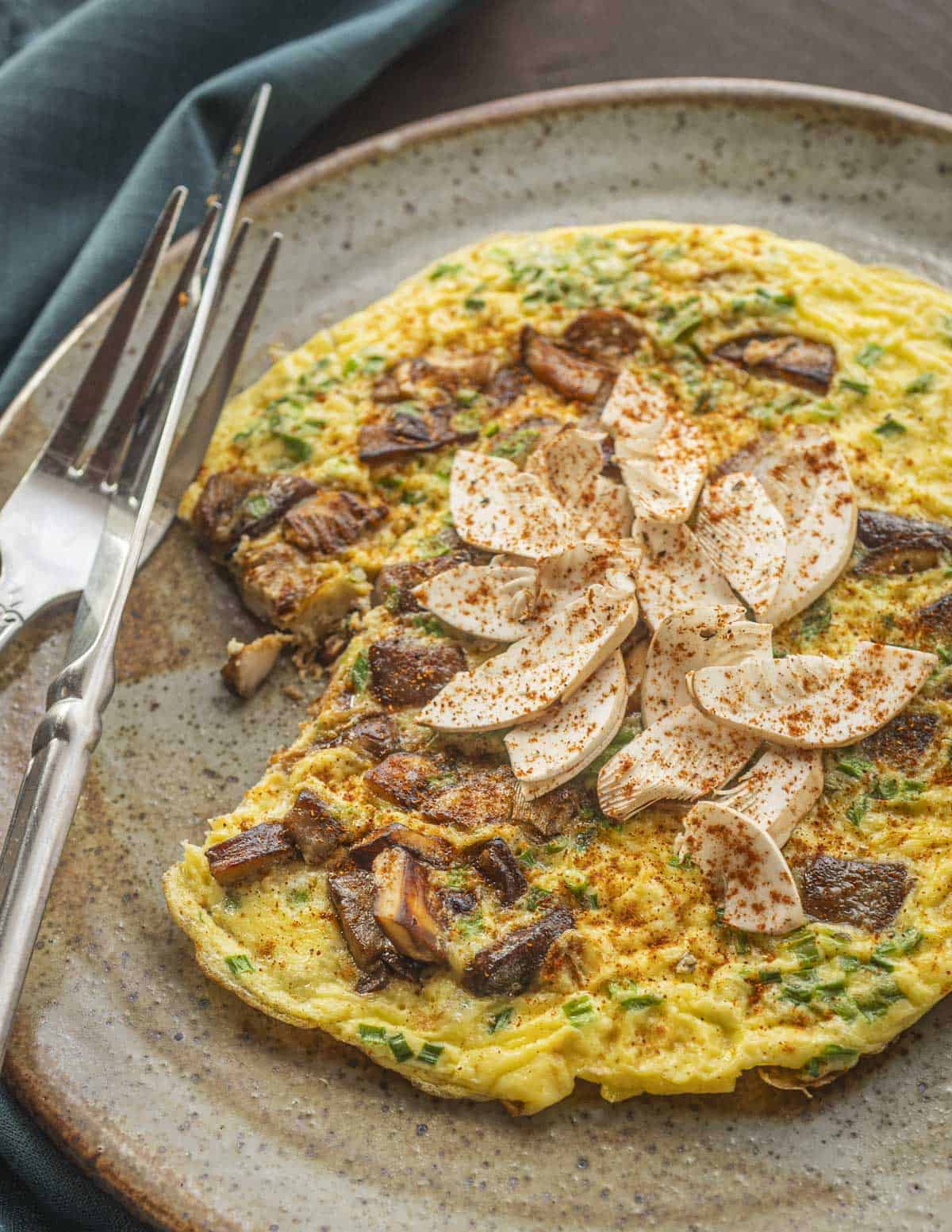

Drew
Excellent post as always! Such a refreshing change of pace compared to the SEO driven word salad I usually encounter. And I LOVED the iNaturalist screen shot. Keep those coming! (Bonus points if you can embed the map so I can scroll up to where I live in Sweden!)
Greetings from Stockholm!
Alan Bergo
Thanks Drew.
Lori Griffin
thank you Alan for this amazing information. Great photos, descriptions, directions and recipes. Personally, I am fearful of most Amanitas, but Amanita Ponderosa is one I would happily try. If, you were by my side!
Alan Bergo
Yes Amanitas are a learning curve for sure. These came from a wholesale supplier, but I’ll be honest, eating the first slice raw made me a little nervous. After a couple pounds I was fine though.
Ben Rosen
Sounds yummy . 😋 I’m not sure if you have gone before to Madrid , there is a Mushroom Tapas bar that is so good . I wonder if they have this kind of mushroom.
Alan Bergo
I would assume they've heard of them. My hunch is that there was a big bumper crop this year and they needed a home for some so we got a few. I got the one and only case the supplier of my supplier had, and neither of us had ever heard of them.